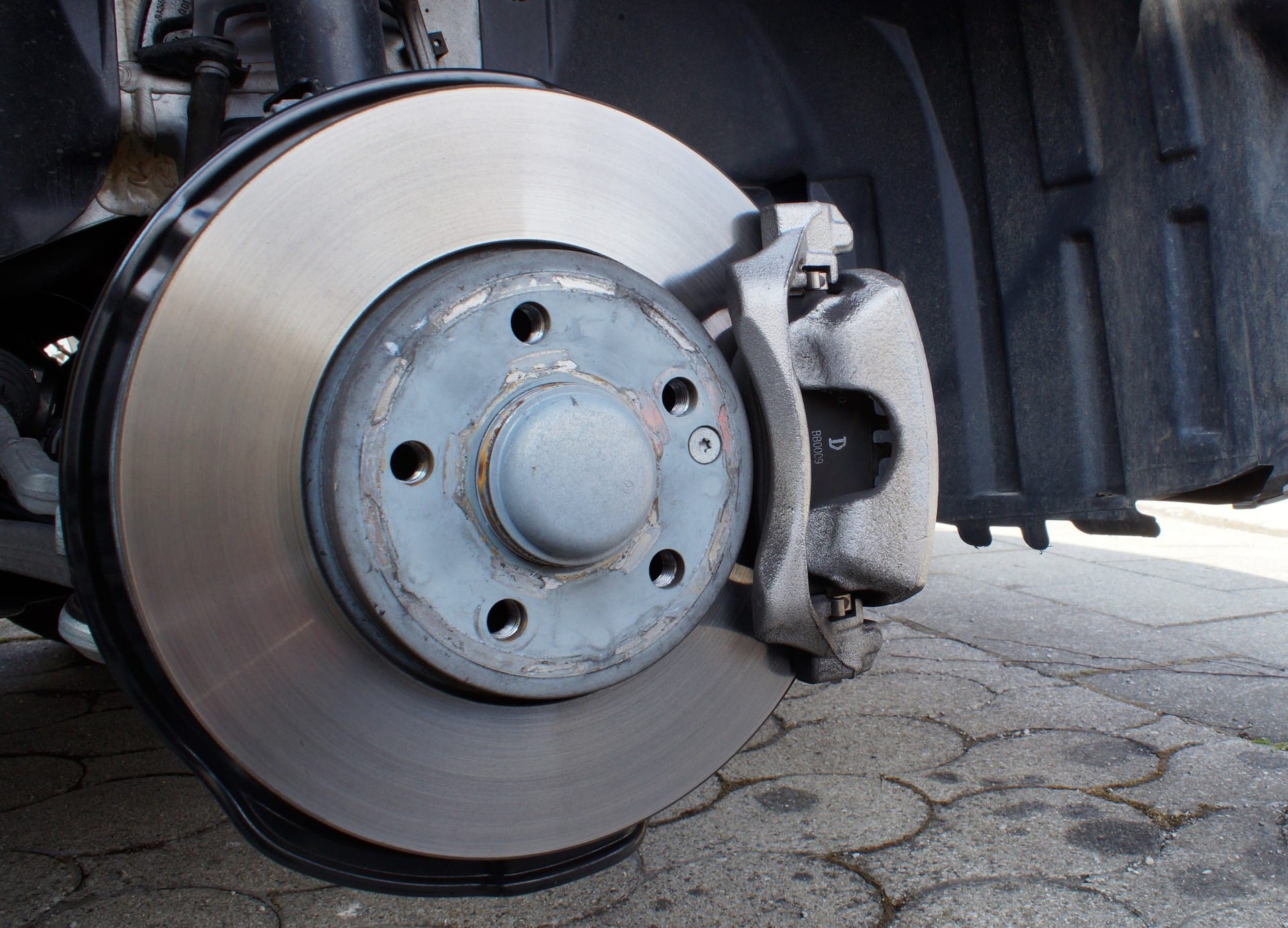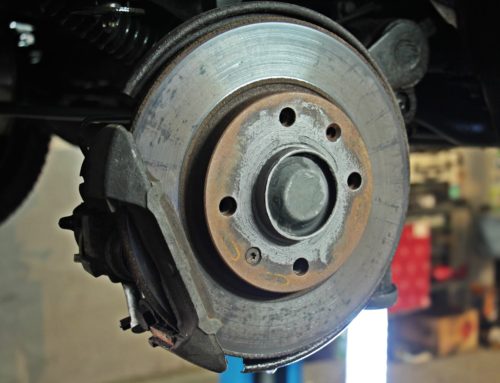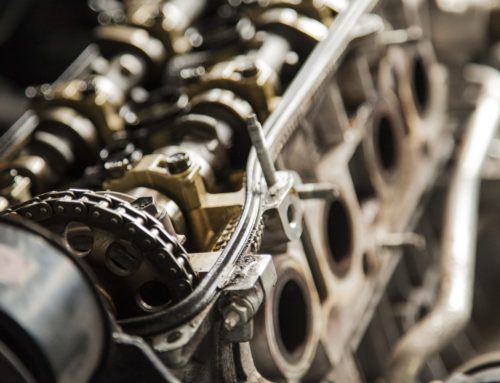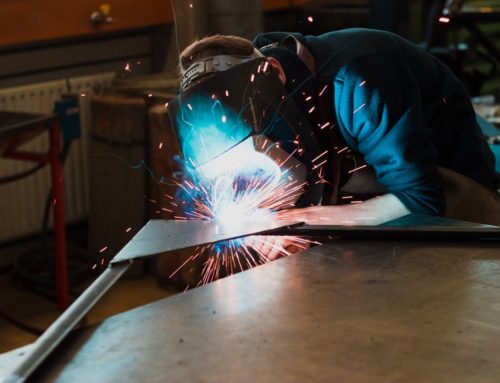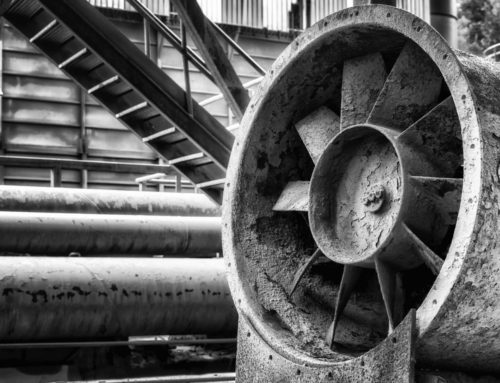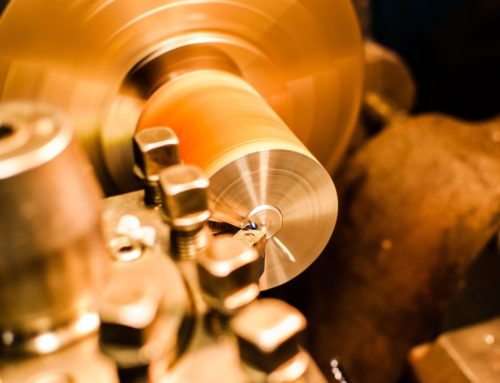DC motors are highly relevant and used in many industrial machines and applications. No matter what industry you’re in, there’s probably a DC motor involved somehow, somewhere.
If you’re reading this, there’s a high chance you’re in need of new brakes for your DC motor. The good news is that DC motors convert direct electrical energy into mechanical energy and are highly effective. There are a few different braking methods out there for DC motors.
Read on to learn more about types of braking when it comes to DC motors.
Electrical vs Mechanical Braking
There are two types of braking systems: electrical and mechanical. The first thing to note when looking at types of braking systems is that electrical is always better than mechanical. There are several reasons for this.
First of all, electrical brakes are faster and more efficient all around.
Electrical brakes also save you more money down the road. This is because they produce less heat that can result in failure and result in lower maintenance costs over time. In some instances, they return some of the generated energy back to the power supply, lessening costs.
Electrical braking systems also allow for higher speeds and loads to be managed.
Electrical Types of Braking for DC Motors
So, electrical brakes are best, but what are the different types of braking systems for DC motors? Read on to learn about the three types of systems and when they’re applicable.
1. Regenerative Braking
Regenerative braking is used when the driven load causes the DC motor to run at speeds higher than its no-load speed. This results in the reversing of the motor current and turns it into an electric generator.
In this case, it doesn’t actually stop the motor. Rather, it’s used to control and lower the speed when it goes above the no-load speed.
Regenerative braking also results in some of the energy generated returning to the source supply. If, though, the capacity of loads connected to the line is less than the regenerated power, the power may not be absorbed and can breakdown the insulation.
2. Dynamic Braking
Another one of the types of braking is dynamic braking, which is also called rheostatic braking. This method of braking is generally less efficient because the generated energy dissipates as heat.
Dynamic braking occurs when two things happen. One, it’s disconnected from the power supply, and two, the braking resistor is quickly connected across the armature. The kinetic energy that’s stored in the motor gets converted into electrical energy that turns into heat.
Regenerative braking is generally used to control the speeds of motors that are driving loads, such as with electric elevators, locomotives, cranes and hoists.
Regenerative braking is generally used to control the speed of motors driving loads such as in electric locomotives, elevators, cranes and hoists.
3. Plugging
Plugging, or reverse current braking, occurs when the armature terminals or supply polarity of a separately excited DC motor are reversed. As a result, supply and induced voltages end up acting in the same direction and ultimately provide twice the supply voltage.
Plugging is considered inefficient because both the power supplied by the load and the source is wasted in resistances.
This type of braking is often used in crane and hoist applications.
Get the Right Type of Braking System for You
Now that you know why electrical braking systems are ideal, it’s time to choose which type of electrical braking system is right for you. The three types of braking for DC motors include regenerative, dynamic and plugging.
No matter what industry you’re in or what machine you’re looking to get brakes for, we have you covered. Check out our wide selection today.

